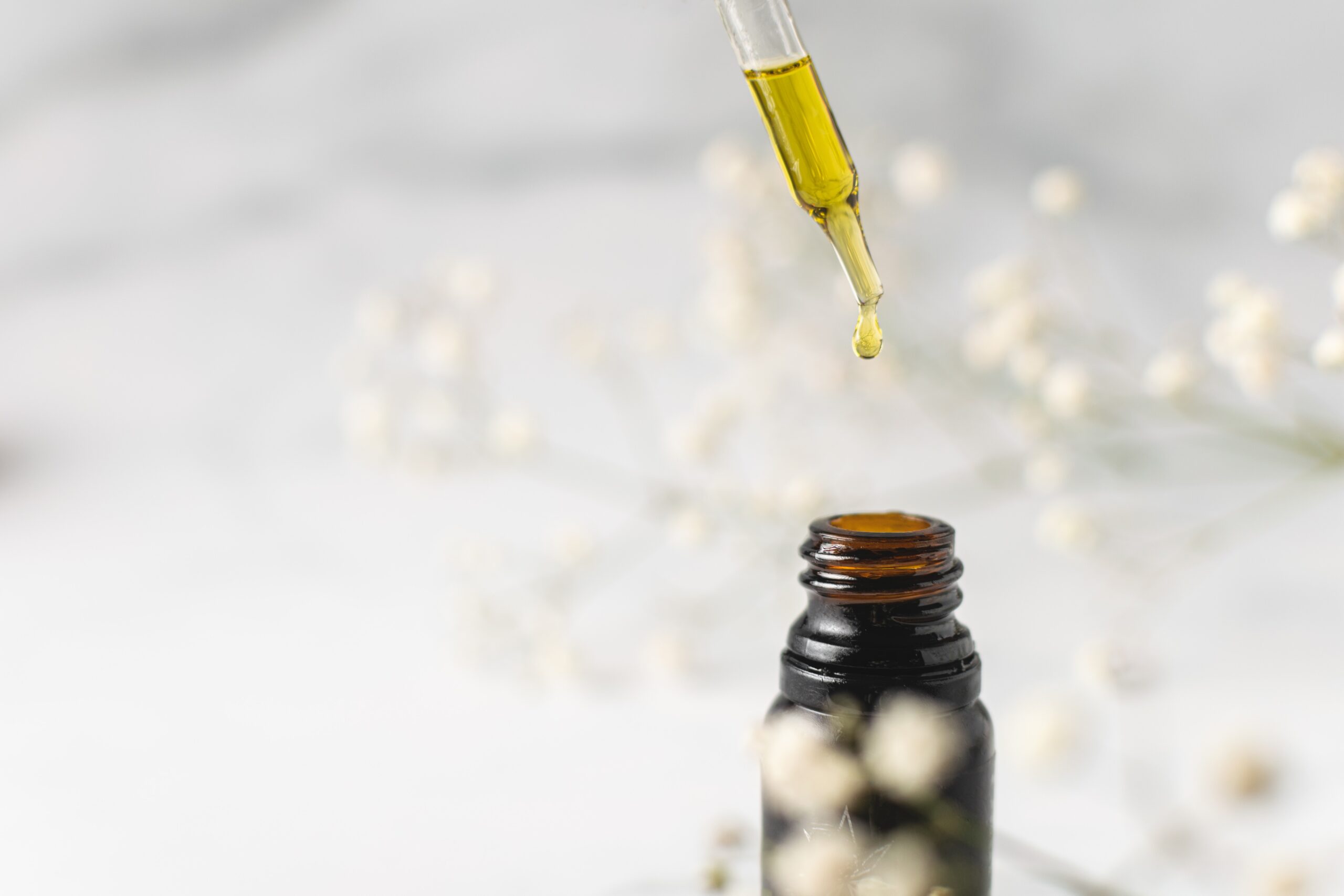Table of Contents
Most LED lights use a series of 3-watt diodes or a mixture of 3 and 5-watt diodes. Diodes of higher wattage tend to lose efficiency.
Pros and Cons of LED Grow Lights
If you invest in high-quality grow lights, you’ll find that LEDs have few disadvantages after the initial cash layout.
LED Grow Light Pros:
- LEDs use approximately 40% less electricity than equivalent HID grow lights.
- LED grow lights last around 50,000 hours instead of the typical 2500 hours of HIDs.
- Diodes are more durable than HID bulbs.
- LEDs don’t require expensive ballasts or reflectors.
- LEDs don’t need to warm up like HID bulbs do. You only need to turn them on.
LED Grow Light Cons:
- LED grow lights are generally more expensive than HIDs or fluorescent lights.
- Cheaper LEDs won’t produce the quality of light for maximum yields.
Types of LED Grow Lights
White Full-Spectrum LEDs
Full-spectrum LEDs are the most popular LED lights for cannabis growing. Their diodes produce light in equal amounts throughout the entire PAR spectrum, including the green and yellow bands. Typical full-spectrum LEDs produce a white light that is similar to the visible spectrum seen by the human eye.
Red/Blue LEDs
Red/Blue LED’s work best for supplemental light. These types of LED grow lights only contain diodes that emit photons within the red/blue spectrum. For optimal growth, plants need some light in the yellow/green range as well.
Targeted-Spectrum LEDs
Like full-spectrum lights, targeted-spectrum LEDs wikipedia contain diodes that produce photons in the entire PAR spectrum. However, targeted-spectrum lights limit energy output in the yellow/green range to maximize efficiency. The more advanced targeted-spectrum lights allow growers to dim individual diodes.
Targeted-spectrum LEDs put forth a light that appears blue, pink, or purple to the human eye. Targeted-spectrum LED light is often referred to as “blurple.” While the light may be better for the plants, targeted-spectrum lighting can be a jarring change from natural or HID grow lighting.
Bar Lighting
Another excellent choice for supplemental lighting, bar LED lights allow growers to target hard-to-get areas under the canopy or the edges of the grow space. Some companies produce even smaller wand LEDs that can be placed especially close to bud sites. Bar LED lights are typically available with diodes focusing on either the vegetative stage or the flowering phase.






